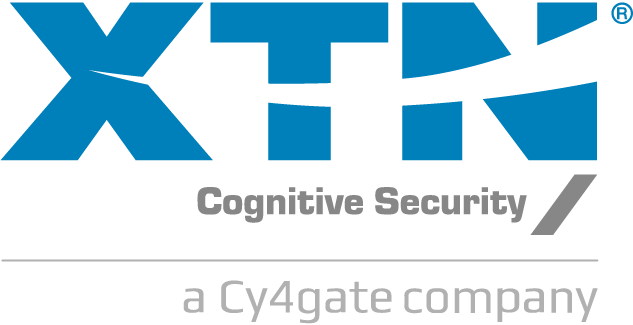Today our ASK YOUR FRAUD EXPERT section is dedicated to understanding the main differences between passive and active biometrics.
When referring to biometric identification, it is commonly understood to use a physical, characteristic element of the user: the retina, the fingerprint, the gestures, the voice, even the DNA to make some examples.
The distinction between active and passive biometrics is based on the enrollment mode (activation) or training needed to recognize the user.
What is Active Biometrics?
Active Biometrics means when the user is required to present a series of samples of his requested physical element. For example, if I use the fingerprint, I will first have to register my fingerprints.
What is Passive Biometrics?
Instead, we mean Passive Biometrics when the sampling of the biometric element occurs while the user uses the service transparently; consider the analysis of interaction patterns with mouse and keyboard or through the use of sensors on smartphones.
Both approaches have advantages and disadvantages: assets are more suitable for the timely identification of users willing to participate in the activation process (strong commitment); the liability is particularly suited to reinforce behavioral identification without requiring any effort from the end-user.
XTN Cognitive Security Platform® allows you to protect your services using passive biometrics.


